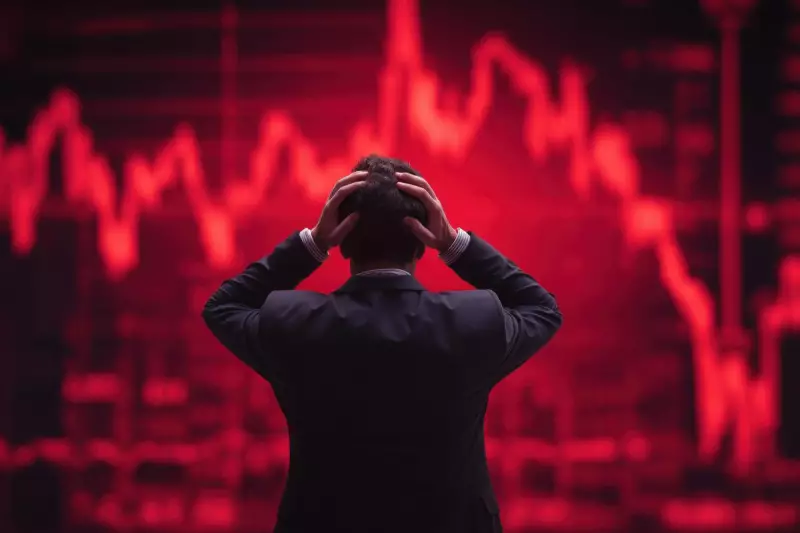
When share markets tumble and headlines scream panic, many Australians make a financial decision they later deeply regret. According to financial expert Bruce Brammall, the instinct to sell investments and move to cash during market meltdowns is costing ordinary Australians thousands, and sometimes tens of thousands, of dollars.
The Costly Panic Sell
Brammall explains that he has lost count of the number of people he has met who made disastrous choices during periods of market volatility. The typical scenario involves an investor, watching their superannuation balance fall, deciding to play it smart. They sell all their holdings, moving the proceeds into cash with the intention of waiting out the storm and buying back in once the market has stabilised.
The initial act of selling provides a sense of relief, a feeling of having taken control to stop the pain. However, the real problem begins after the markets start to recover. They simply cannot bring themselves to hit the button and reinvest. They wait for a second dip that often never comes, and as markets continue their recovery, they remain frozen on the sidelines.
This inaction can last for years, with their money sitting in cash earning minimal interest, especially in the low-rate environment that has persisted since 2007. What started as a move to avoid short-term loss becomes a long-term financial setback.
When Even Professional Advice Goes Wrong
The danger isn't limited to individual investors. Brammall shares a stark example involving a client he first met in 2019. The client's superannuation was found to be roughly 80% held in cash, with no new money having been invested since March 2009.
This date is critical—it marked the bottom of the market crash following the Global Financial Crisis (GFC), which began in November 2007. An email from the client's previous financial adviser, dated mid-March 2009, instructed that all new contributions be directed to cash.
Despite several reviews during the subsequent market recovery, this strategy was never reversed or properly communicated to the client. The result was a massive opportunity cost. Brammall estimates this single piece of poor advice cost the client approximately $120,000 in lost growth. A complaint was successfully lodged with the Australian Financial Complaints Authority (AFCA), which awarded the client compensation.
Why Sitting Tight is Your Best Strategy
The recent market volatility, driven by concerns over AI company valuations, persistent inflation, and the US Federal Reserve's interest rate policy, has again tested investors' nerves. The global fear index (VIX) has been trending upwards, making headlines and causing anxiety.
Brammall offers a simple but powerful counter-strategy: do nothing. He points out that even professional fund managers, who watch markets full-time, only get their timing right about half the time. For the average person, the odds of successfully timing the market are stacked heavily against them.
History shows that markets always eventually recover, though the timing is unpredictable. The emotional drive to sell during a downturn is easy to understand, but the trigger to reinvest is far less clear, as recoveries tend to happen quietly in the business pages, not on the front page.
Unless you have a solid, pre-determined plan for when you will re-enter the market, fighting the urge to cash out is almost always the more rewarding path. In the face of market turmoil, inaction is often the most intelligent action you can take.





